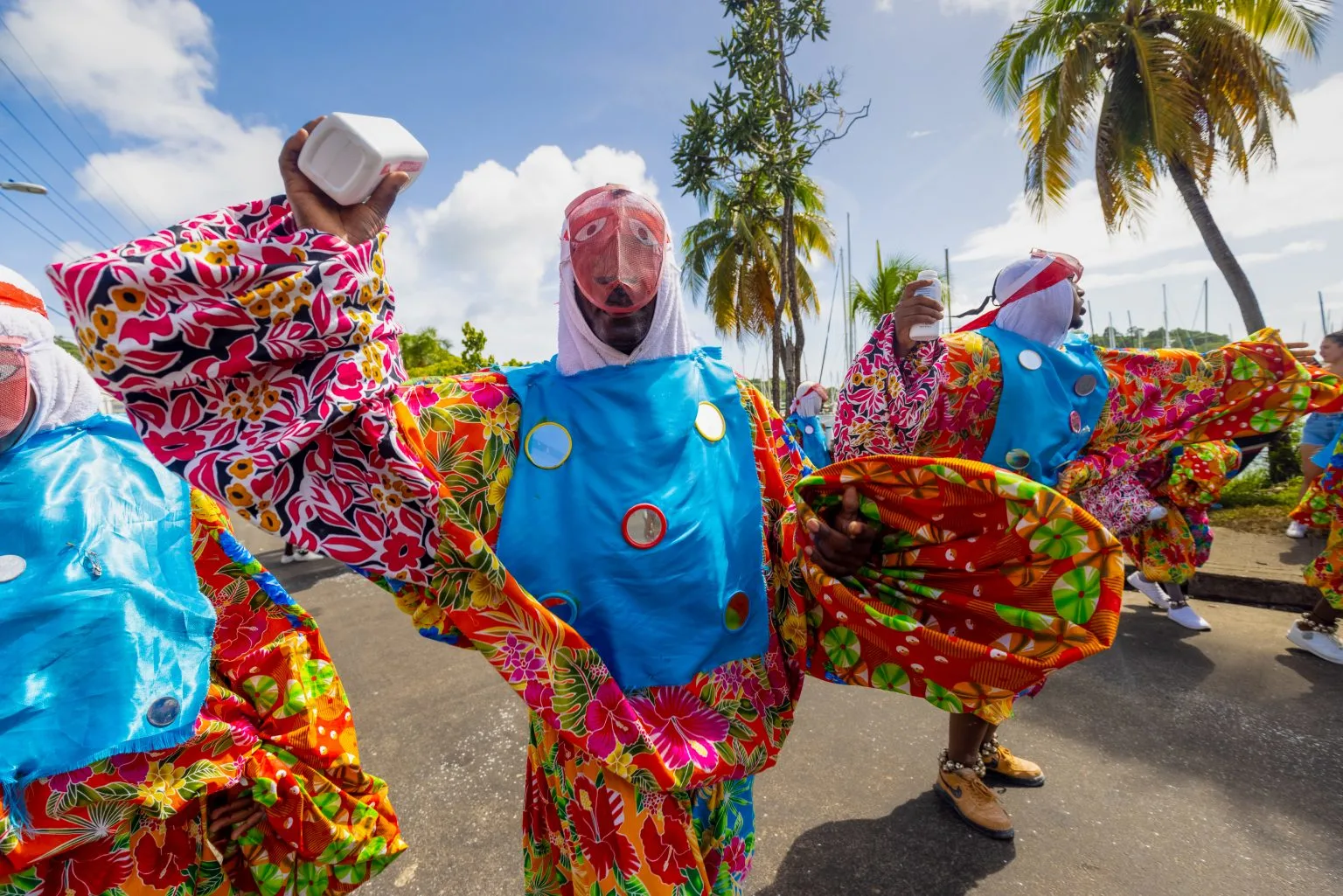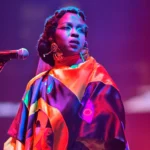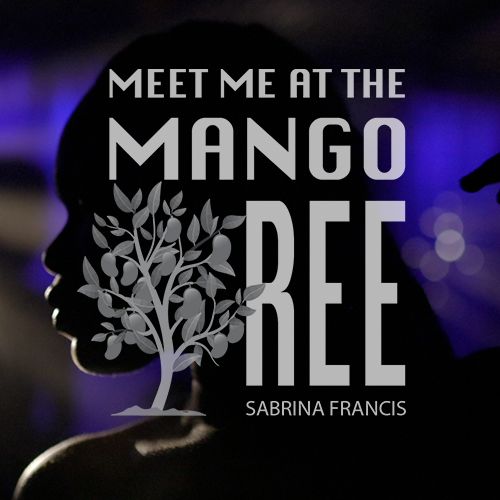Now Reading: Review: Sabrina’s Meet Me at the Mango Tree
-
01
Review: Sabrina’s Meet Me at the Mango Tree
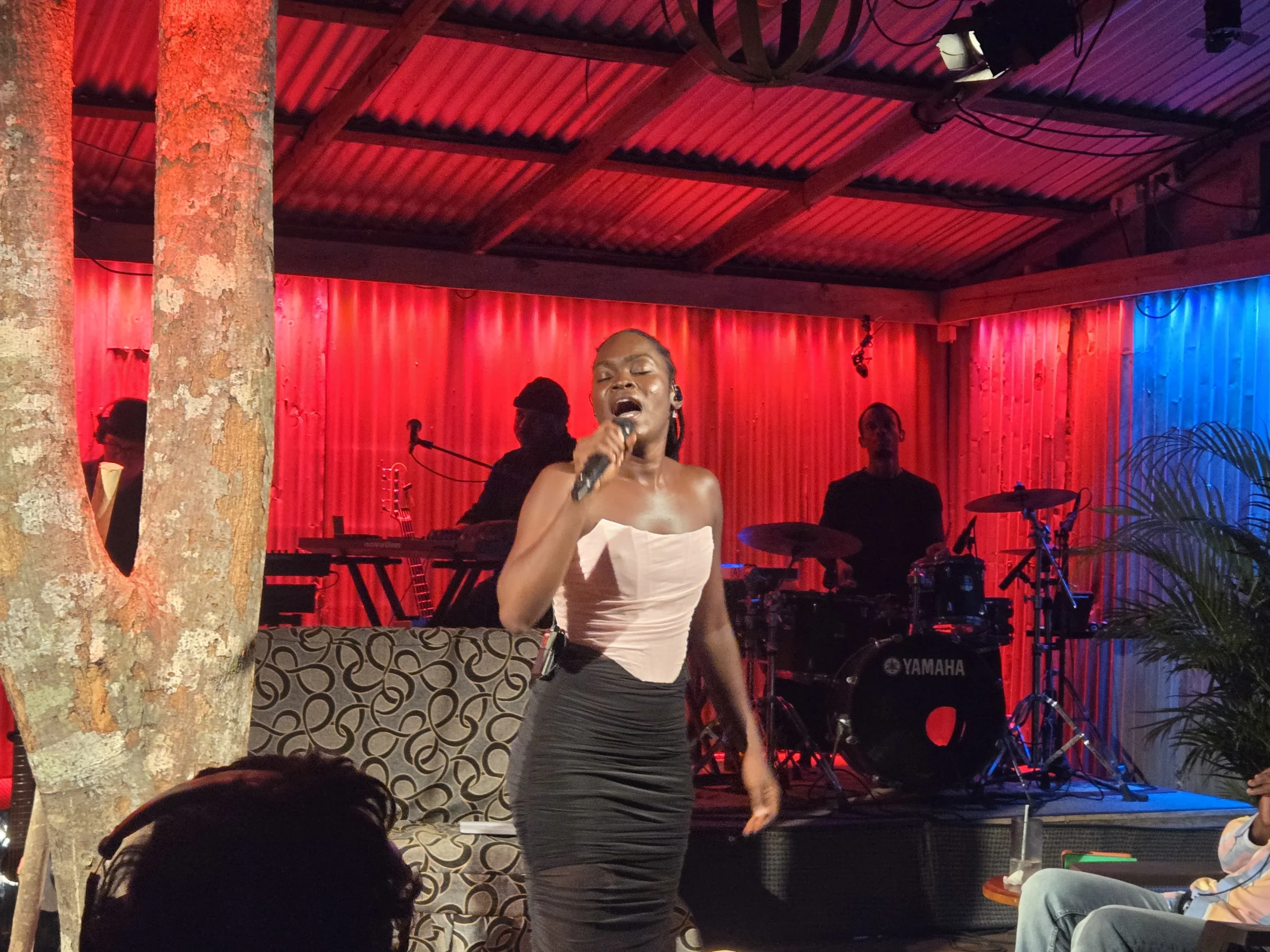
Review: Sabrina’s Meet Me at the Mango Tree
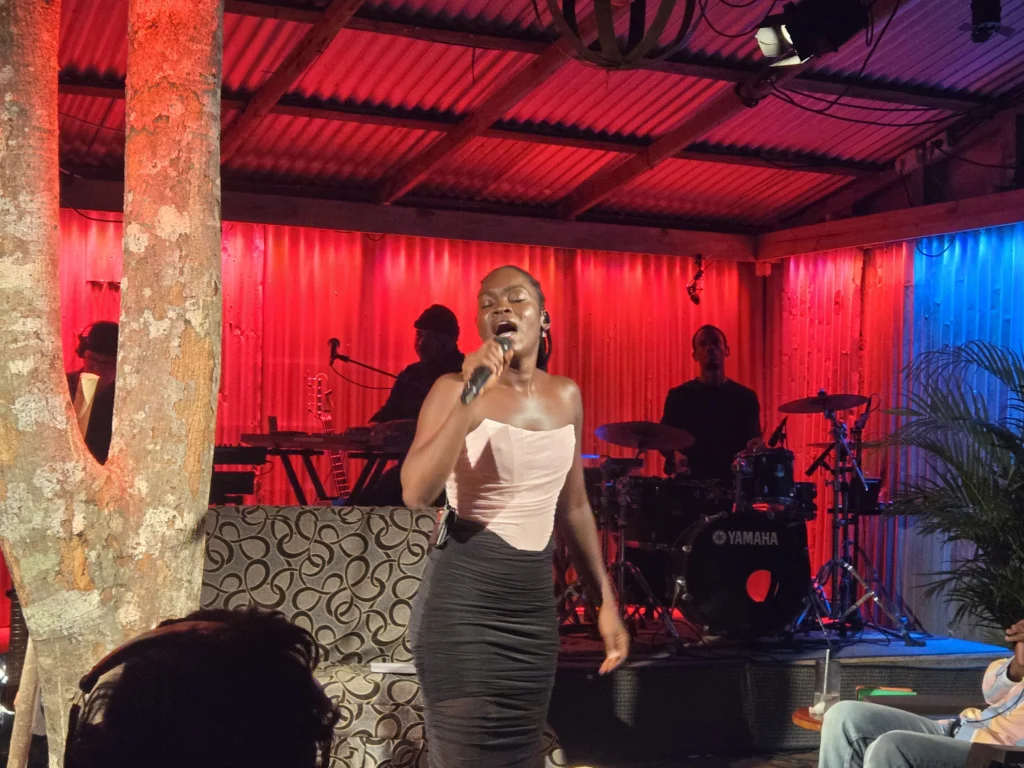
There are performances that entertain and there are stories that stir. Then there are spirit-led experiences that do not simply unfold on stage, but awaken something buried in the audience. Meet Me at the Mango Tree is the latter. Sabrina, Grenadian recording artist, performer and songwriter writer, doesn’t merely perform this play she invites us into a communion.
Set against the dusky embrace of a Caribbean hillside, beneath the canopy of a living tree and the hum of live musicians, this immersive audio-theatrical journey is a masterstroke of intimacy and innovation. At its core, it is a semi-autobiographical reflection, a daughter’s elegy, a woman’s reckoning and a soul’s homecoming. Told through the eyes of Sabi, a young girl raised on the rhythms of love and longing, the story’s heartbeat is her relationship with her mother, beautiful, complex and unresolved.
The audience first meets Sabi as a child, swinging beneath a tree, bathed in the ache of innocence. Her mother, played by singer Laura Lisa, is more melody than presence, a guiding force whose physical absence becomes Sabi’s emotional undertow. The plot takes a jarring turn when her mother departs the island without warning, leaving only a note behind. No explanations. No returned calls. Just absence.
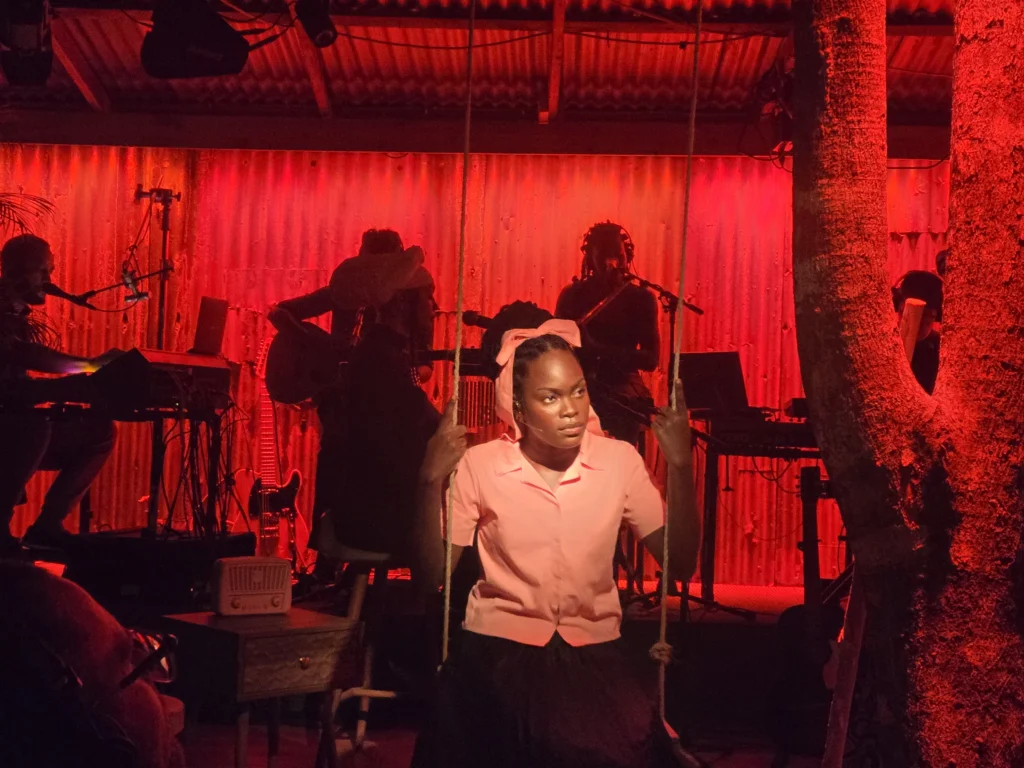
It is in this silence that Sabi begins to wander vocally, emotionally, spiritually. Sabrina’s performance as Sabi in her young adult years is striking. Her voice, at times tremulous with rage, at times soaked in honeyed grief, carries the weight of questions never answered and pain never properly named. She sings like a woman wrestling with God.
Yet even in its sorrow, the production is layered with hope. The use of natural instrumentation like bamboo as drums, ambient soundscapes, and communal song help to ground the audience in the ancestral. At one point, a Yoruba prayer “Hear me, heal me, help me… make me whole again” rises like a lament through the space. It’s not a performance, it’s a plea. A moment of spiritual vulnerability that feels ancestral. Then later in the show the audience becomes the choir. We are woven into the fabric of the story, singing along, not as spectators, but as soul witnesses. In that moment, the separation between stage and seat evaporates. We are not watching Sabi’s journey. We are walking it with her.
The final act brings what every wounded child prays for but rarely receives, reunion. When Sabi and her mother meet again, it’s less about words and more about presence. The emotion of the scene speaks louder than any explanation could. It’s a reminder that healing often lives in connection itself, in the willingness to show up and choose grace. If there is a critique, it is only this: some threads remain untied. The reason for the mother’s disappearance, her silence, the abandonment, all remain enigmas. But perhaps that is the unspoken thesis. That sometimes the story of our becoming doesn’t begin with answers but with the slow, quiet work of forgiveness.
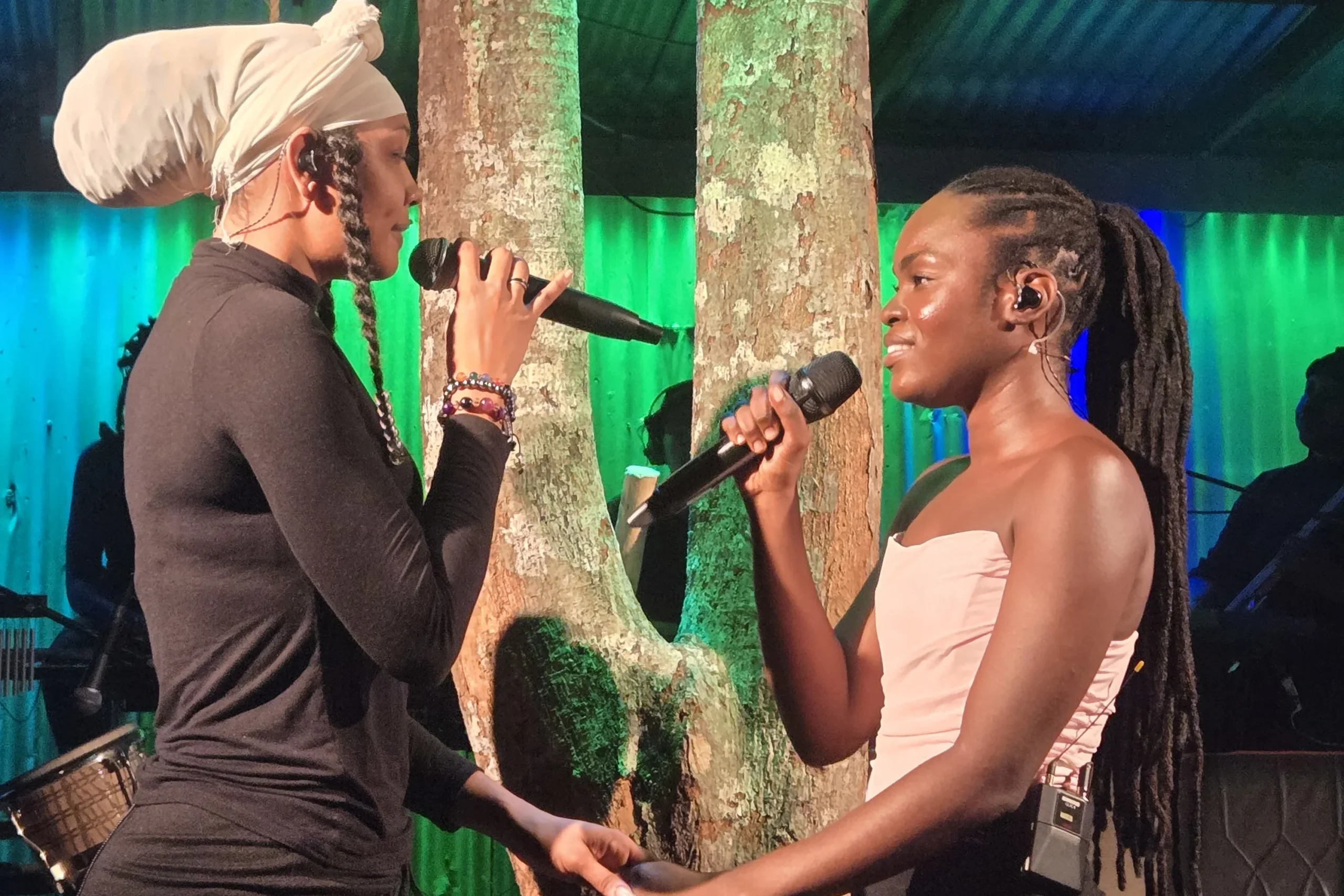
From start to finish, the experience is nothing short of transcendent. The ambiance, set in a treehouse-like venue is intimate and disarming. You’re welcomed with sorrel and smiles, offered hors d’oeuvres like you’re entering someone’s home and that is the essence of Sabrina’s genius: she isn’t just putting on a show. She opens a door.
Meet Me at the Mango Tree is tender, true, and triumphant. It reminds us that no matter how far we stray from the music of our childhood, the song waits. And home, however bruised, is always calling us back.














